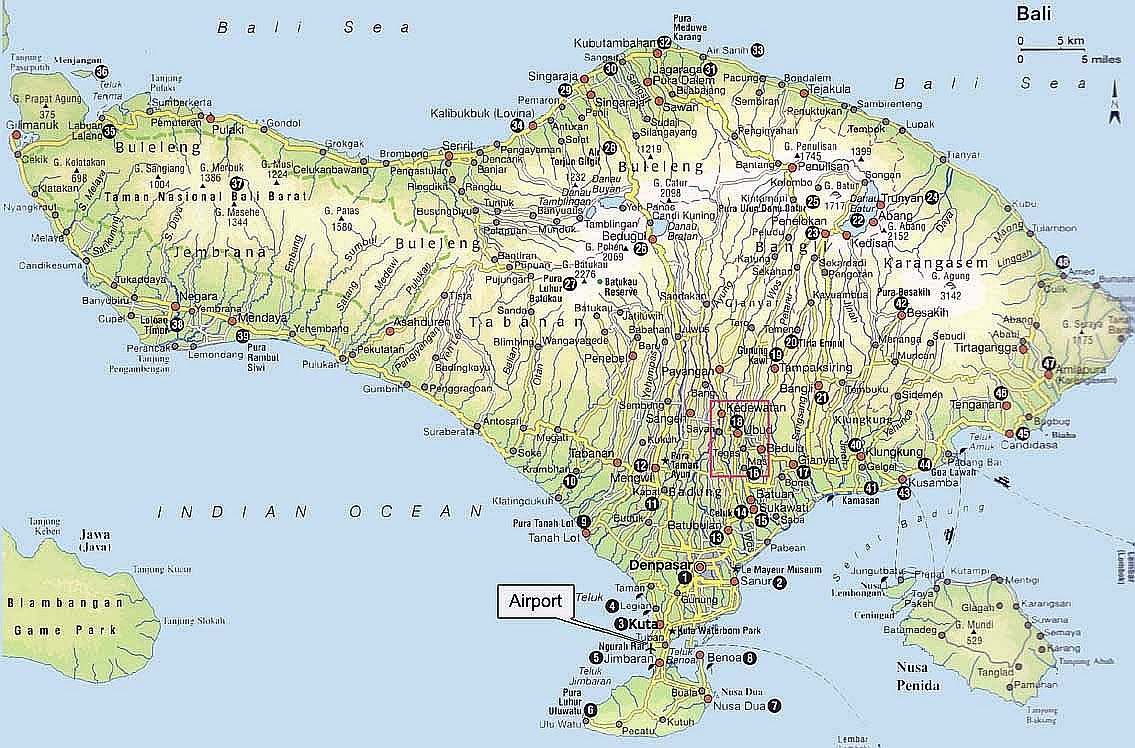Bigger Coffee Plantations Sought to Boost Production
June 19, 2011
Coffee growers in Indonesia, the world's third-largest coffee producer, have said they are looking to increase the size of their plantations to help arrest two years of falling production.
By increasing acreage, the growers say they hope to boost output, which is expected to be about 600,000 tons this year, by at least 50 percent by 2021.
"We will cooperate with the relevant ministries to prepare the land required to expand coffee plantations for farmers so that in the coming 10 years, production can reach 900,000 tons to 1.2 million tons per annum," said Pranoto Soenarto, deputy chairman for specialty coffee and industry at the Indonesian Coffee Exporters Association (AEKI).
Although he declined to elaborate on how much land was needed for the expansion, Pranoto said the increased acreage would also lead to better quality beans. "We want to increase the quality and quantity of production by increasing plantation acreage and using organic fertilizers," he said.
Presently, he said, the country's coffee plantations covered 1.2 million hectares, with more than 90 percent being cultivated by small-scale producers.
Production is expected to fall well below previous estimates. Earlier this year, AEKI predicted coffee production would reach 700,000 tons, but that was later revised to just 600,000 tons, 7 percent down on output from 2010.
"Last year, the country's coffee production was about 640,000 tons," AEKI chairman Suyanto Husein said on Friday.
He said unseasonal rains were the main reason for the shortfall. "There is an indication of decreasing production in a number of production centers in various regions due to bad weather," he said.
But he said the dip was also due in part to lagging efforts to rejuvenate old plantations and launch intensification programs, which was why AEKI supported expanding acreage to increase production.
Aside from the drop in production, AEKI has also predicted a decline in the country's coffee exports this year.
The association said exports in 2011 would reach only about 390,000 tons, down from last year's figure of more than 440,000 tons.
But while the decline in production was a factor in the decrease in exports, Suyanto said the drop was also caused by increased domestic consumption.
According to AEKI data, coffee bean exports for 2010 reached 443,969 tons, worth $791.76 million. The association, however, had predicted early last year that export volumes for 2010 would drop to 325,000 tons, worth $650 million per annum, from 400,000 tons, at $773 million.
Indonesia's traditional coffee export markets, especially for robusta coffee, include Japan, South Africa, Europe and South and Central American countries. Its arabica coffee, meanwhile, was mainly exported to Germany and the United States.
Indonesia's competitors for arabica are Brazil, Columbia, Mexico, Costa Rica and El Salvador. Its main competitor for robusta is Vietnam.
Vietnam is the biggest robusta exporter in Asia, while the world's biggest arabica exporters are largely comprised of Latin American countries.
Indonesia's robusta is produced in the provinces of Bengkulu, South Sulawesi and Lampung, while arabica is found in Aceh and North Sumatra.
About 80 percent of the contry's coffee exports are robusta, the remainder being arabica.
Aside from arabica and robusta, however, Indonesia is well-known for producing other types of specialty coffee, like Toraja, Aceh, Mandailing and luwak (civet cat) coffee.
Indonesia is regarded as the world's third largest coffee producer after Brazil and Vietnam.
Bucking the trend for declining production, coffee consumption in Indonesia is expected to continue to rise. Suyanto said domestic consumption, which reached 190,000 tons in 2010, would be 210,000 tons this year.
"The trend in domestic coffee consumption has seen increases of around 20 percent a year, but this is not always reflected," he said.
He said this happened because many Indonesians consumed coffee that was mixed with other ingredients. "It is not pure coffee," he said. "Some mix it with corn."
Pranoto, meanwhile, said the increase in coffee consumption was not only happening in Indonesia but was a worldwide trend. This may push up the price of coffee, he said, since production had been unpredictable and was dependent on climate.
Antara
skip to main
|
skip to left sidebar
skip to right sidebar
Black as the devil, Hot as hell, Pure as an angel, Sweet as love.
Travel to Indonesia
Contact Our Team:
Raja Kelana Adventures Indonesia
Raja Kelana Adventures Indonesia
Email: putrantos2022@gmail.com
Facebook Messenger: https://www.facebook.com/putranto.sangkoyo






